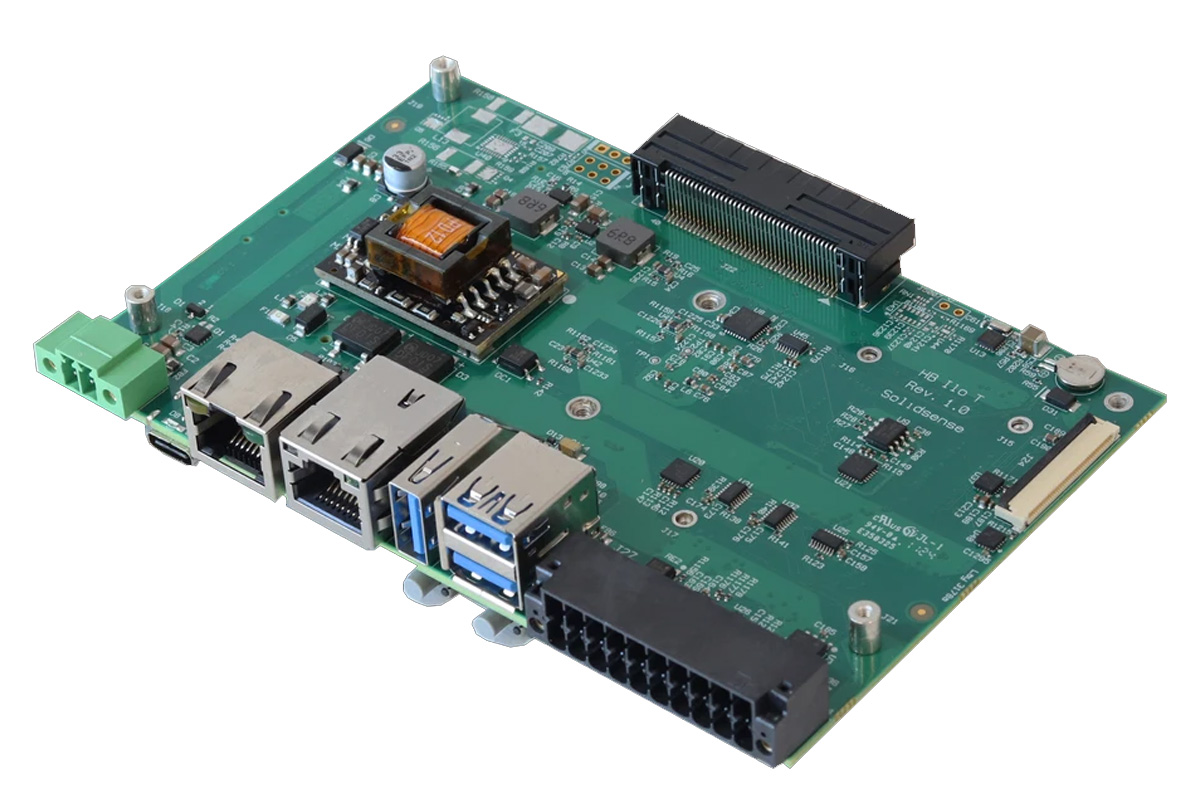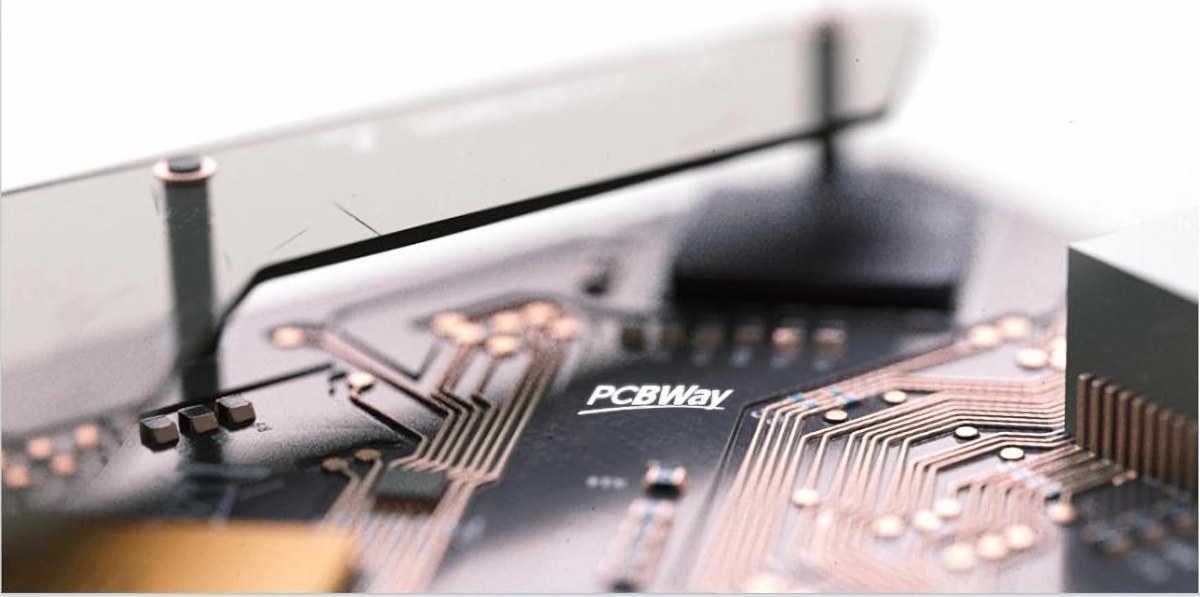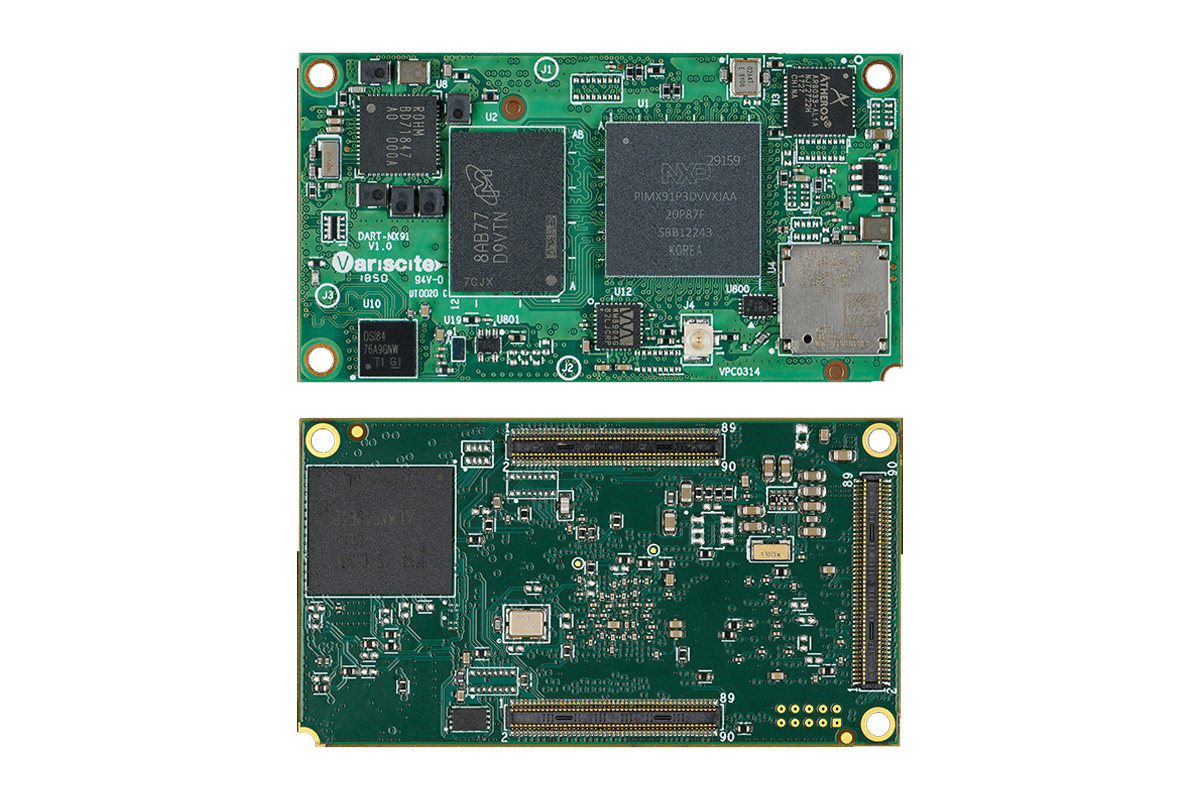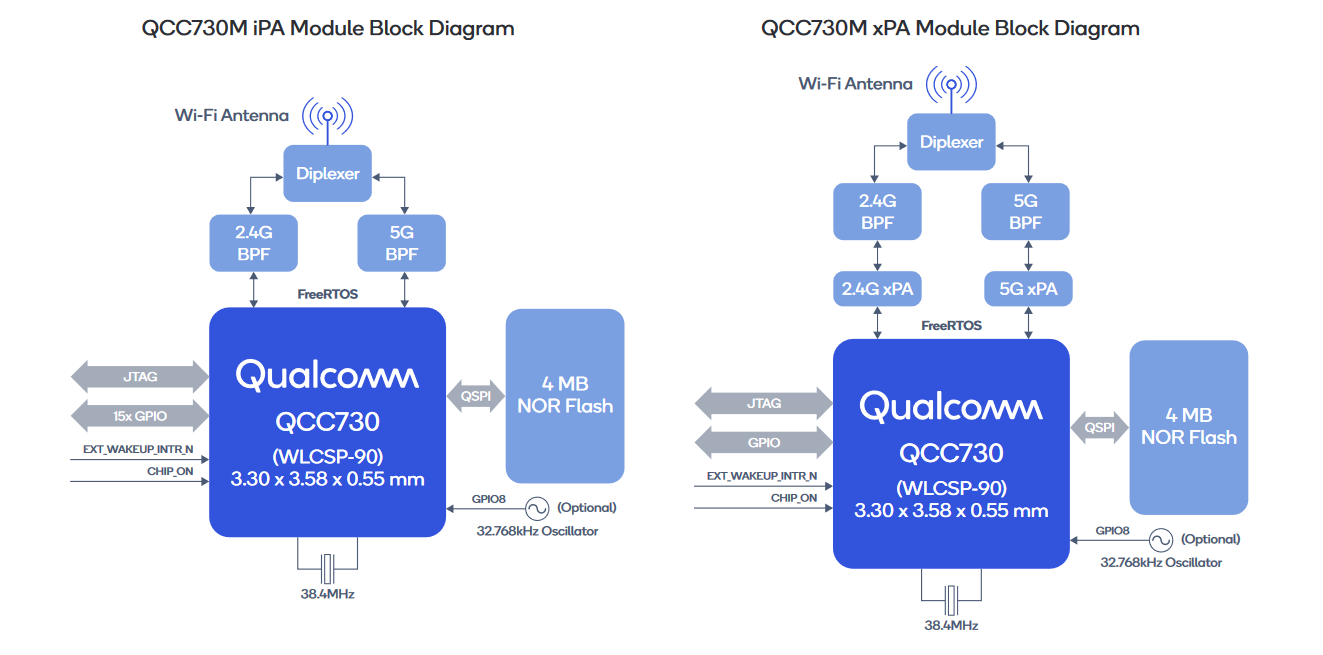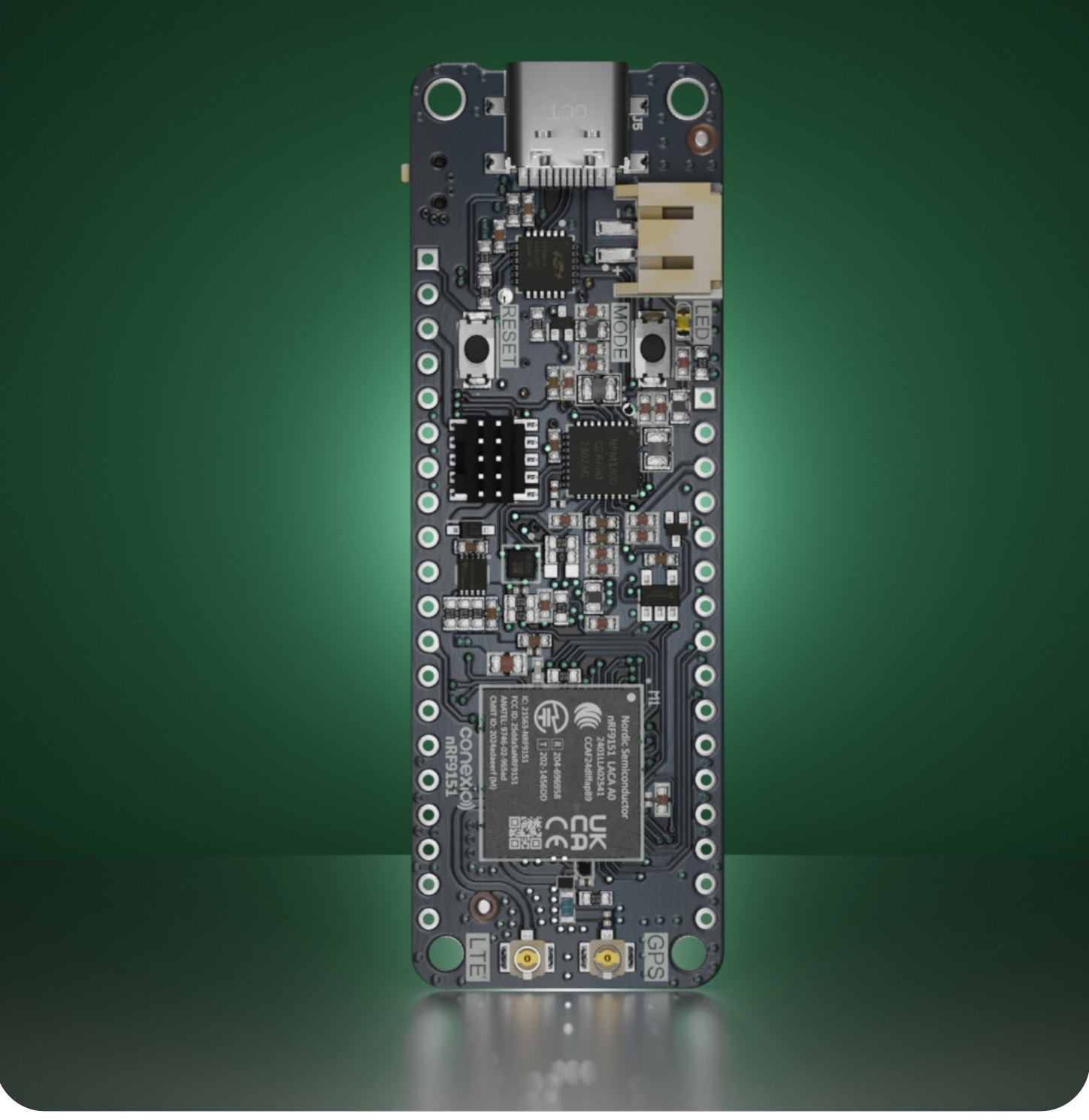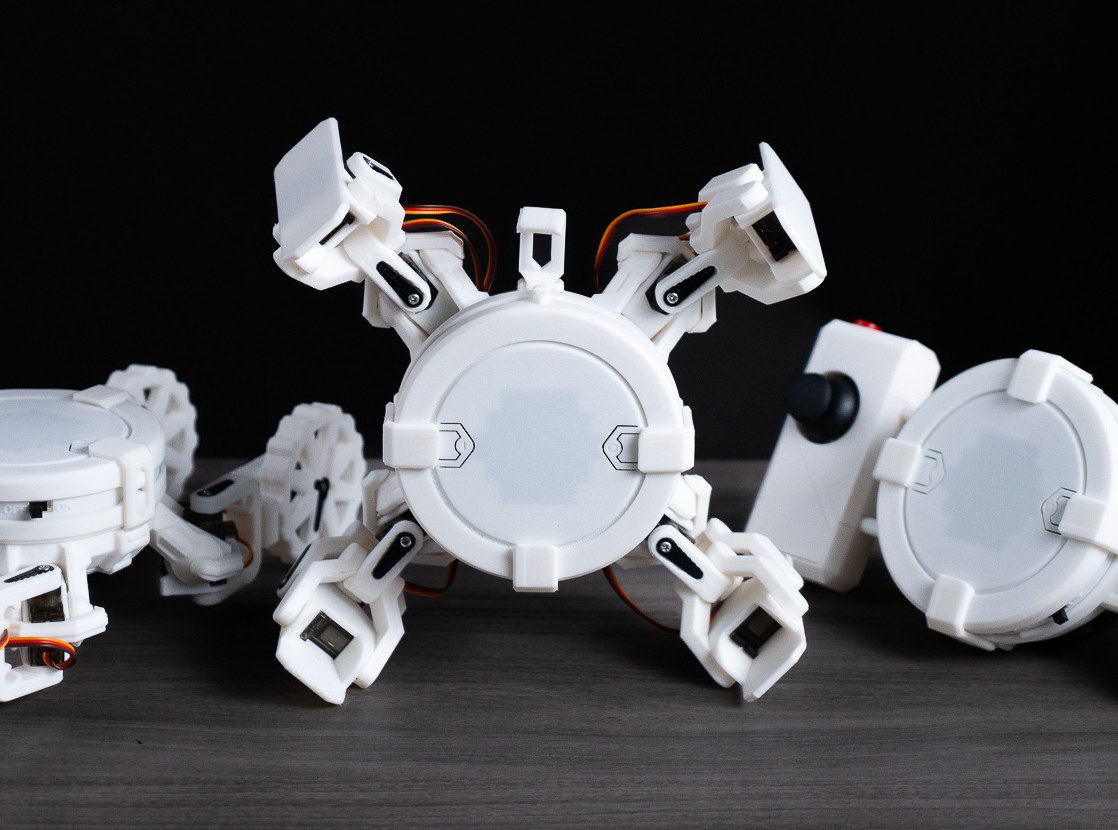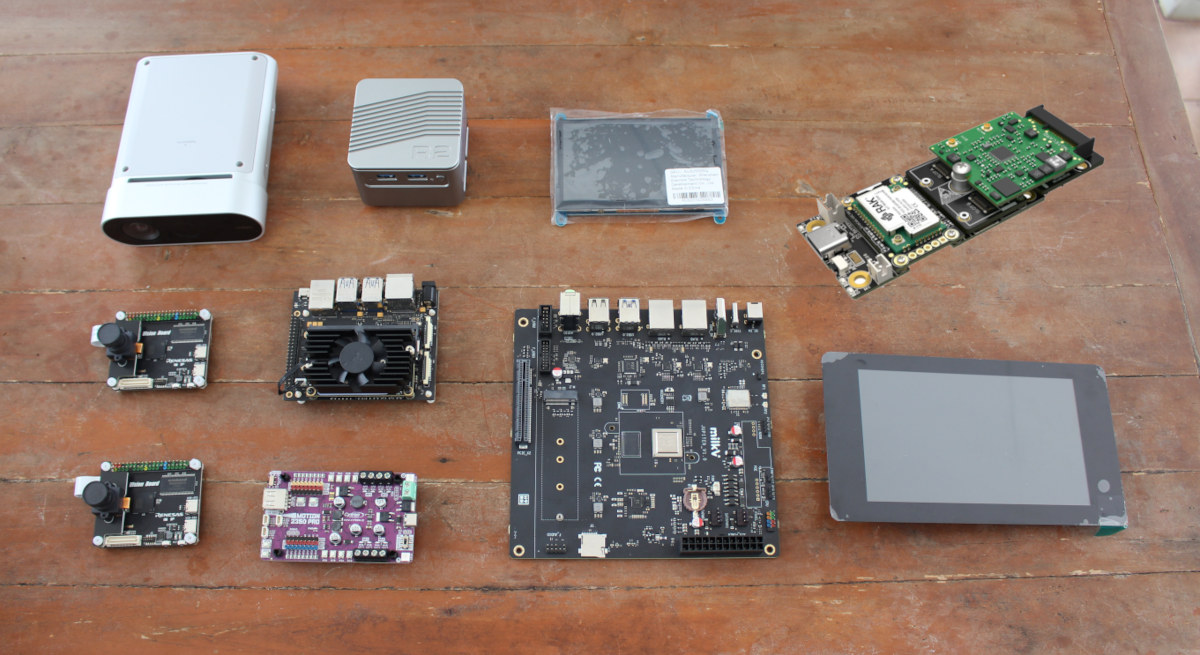SolidRun has recently introduced HummingBoard i.MX8M IIOT SBC and IIOT-200-8M Gateway built around the NXP i.MX 8M Plus Edge AI processor. Designed for IIoT and HMI applications the SBC hosts the NXP i.MX 8M Plus SOM which gives access to various connectivity options, including dual Gigabit Ethernet, Wi-Fi/Bluetooth, CAN-FD, RS232/RS485, and audio. Additionally, it has support for industrial protocols such as Modbus and MQTT, making it suitable for factory automation and smart energy projects. Based on the HummingBoard i.MX8M IIOT SBC, the IIOT-200-8M Gateway features a DIN-rail mountable design, which sacrifices some I/O interfaces to meet the demands of harsh deployment environments. Both products support Industrial temperature ranges, fanless construction, and compact dimensions, making them reliable choices for demanding applications like industrial automation, predictive maintenance, and remote monitoring. HummingBoard i.MX8M IIOT SBC Specifications SoC – NXP i.MX 8M Plus AI SoC CPU Quad-core Arm Cortex-A53 processor @ up to 1.6 GHz […]
Black Friday and Cyber Monday 2024 – International deals and coupons
While Black Friday and Cyber Monday used to be a US-only event, it changed many years ago, and we’ve been writing about international Black Friday and Cyber Monday deals and coupon codes since 2014, since a large portion of our audience cannot benefit from promotions on Amazon’s Black Friday and Cyber Monday events that will take place from November 21 until December 2 this year. So I’ve gathered some international Black Friday and Cyber Monday 2024 deals and discount coupon codes from relevant manufacturers and popular online stores such as Aliexpress, Banggood, and others. Aliexpress Black Friday and Cyber Monday event Aliexpress’ Black Friday and Cyber Monday 2024 event has already started. There are three periods: Nov 19-21 PST – Warm Up event where users can find and add items to the cart before purchasing during the main event. Nov 22-30 PST – “On Sale” event with discounts up to […]
PCBWay: Your One-Stop Shop for Electronics Manufacturing from Design to Production (Sponsored)
PCBWay, founded in 2013, is a global electronics manufacturing services company driven by customer value. With 5 factories in Shenzhen China (2 offering PCB services, 2 offering PCBA services, and 1 offering CNC machining, sheet metal, and injection molding services), we are able to leverage advanced electronics technology, component resources, experienced technicians, and more. We also work with a number of manufacturers in Shenzhen and other cities to support products beyond our own capabilities. PCBWay has a long history of providing manufacturing support and design advice based on our customers’ products, and we continue to provide our customers with printed circuit boards, components, PCB assembly, molding services, electronic assemblies, contract manufacturing, etc. from design to mass production. Today, multiple technology trends are driving PCB adoption. The Internet of Things (IoT) and Artificial Intelligence (AI), combined with the development of 5G systems, have opened up a whole new level of connectivity […]
Variscite DART-MX91 SoM offers dual GbE, WiFi 6, 15 years support
The Variscite DART-MX91 system-on-module (SoM) is a compact, cost-effective NXP i.MX 91 Arm Cortex-A55 module which is part of the DART Pin2Pin family already includes the DART-MX93 and DART-MX8M-PLUS among others. The SoM supports up to 2GB of LPDDR4 RAM and 8 to 128 GB of EMMC storage along with dual CAN-FD, dual Gigabit Ethernet, and dual USB interfaces. Wireless options include certified Wi-Fi 6, Bluetooth 5.4, and optional 802.15.4 for low-power wireless communication. Additionally, it supports three I2S audio interfaces, S/PDIF, and support for both digital and analog stereo mics along with 8-bit parallel camera interfaces and display with a capacitive touch controller. Variscite DART-MX91 SoM Specifications SoC – NXP i.MX91 single-core Cortex-A55 processor clocked at 1.4 GHz with 32 KB I-cache and D-cache, 256KB L2 cache (no 3D GPU) System Memory – Up to 2GB LPDDR4 Storage – 8 to 128GB eMMC flash Networking Qualcomm Atheros AR8033 Gigabit […]
Qualcomm QCC730M dual-band WiFi 4 and QCC74xM WiFi 6, BLE 5.3, and 802.15.4 modules target low-power and IoT edge devices
Qualcomm has added two new IoT modules to its wireless connectivity product series: the Qualcomm QCC730M ‘micro-power’ WiFi 4 module and the QCC74xM tri-radio module, with both modules designed for smart homes, smart appliances, medical devices, and industrial applications. The Qualcomm QCC730M is a dual-band, micro-power Wi-Fi 4 module with a 60MHz Arm Cortex-M4F MCU, 640kB SRAM, 1.5MB RRAM, hardware crypto accelerator, and secure boot, debug, and storage. Its low-power design is ideal for portable, battery-powered IoT devices like IP cameras, sensors, and smart locks. Based on the Qualcomm QCC730 module, it features a 36-pin LGA package with a PCB antenna or RF connector and supports up to 4MB of optional NOR flash. The Qualcomm QCC74xM is Qualcomm’s “first programmable connectivity module,” integrating a 32-bit RISC-V module, optional stacked memory (PSRAM and NOR flash), and a tri-radio chipset for WiFi 6, Bluetooth 5.3, and IEEE 802.15.4 (Thread and Zigbee). Its […]
Conexio Stratus Pro nRF9151 low-power IoT development kit supports LTE-M/NB-IoT, DECT NR+, GPS, and more
Conexio Stratus Pro nRF9151 is an IoT development kit based on Nordic Semi nRF9151 system-in-package (SiP) with LTE-M/NB-IoT, DECT NR+, and GNSS connectivity designed for battery-powered cellular-connected products such as asset trackers, environmental monitors, smart meters, and industrial automation devices. It’s offered with the “Stratus Pro Expansion Dock” allowing users to add WiFi 6 through an nRF7002 expansion board and various other modules via Grove, Qwiic, MikroBus, and Seeed Studio’s XIAO connectors or sockets. It’s an update to the original Conexio Stratus Pro based on nRF9161 introduced last June with a very similar feature set. Let’s have a deeper look to find out any potential differences between the two versions of the devkit. Conexio Stratus Pro nRF9151 specifications (with changes highlighted in bold or strikethrough): System-in-package – Nordic Semi nRF9151 SiP MCU – Arm Cortex-M33 clocked at 64 MHz with 1 MB Flash pre-programmed MCUBoot bootloader, 256 KB RAM Modem […]
CYOBot v2 ESP32-S3-based open-source modular robotics platform supports up to 16 servos (Crowdfunding)
Create Your Own Bot (CYOBot) v2 is an open-source, modular robotics platform for students, educators, hobbyists, and future engineers based on the ESP32-S3 microcontroller and featuring up to 16 servo motors for complex control. The CYOBot v2 is a follow-up to the previous quadrupedal robotic platform from the same company. It adds new features such as a modular design, an upgrade to the ESP32-S3 chip, more motor channels, and an expansion block with more peripherals. It also supports integrating AI systems, such as ChatGPT, for added functionality. The CYOBot supports up to three configurations via the CYOBrain — which powers the robotics platform and controls the servo motors — and separate 3D-printed components. The CYOBot Crawler is a four-legged robot powered by eight 180-degree servo motors. The CYOBot Wheeler form factor features four 360-degree motors linked to wheels at the end of each leg and is essentially a hybrid between […]
Giveaway Week 2024 winners announced!
We’re now ready to announce the winners of CNX Software’s Giveaway Week 2024. We offered some of the review samples we tested (and some we did not test) in the last year, and for the fourth year running, RAKwireless also gave away two IoT development kits shipped directly to winners. This year’s prizes also included a RISC-V motherboard, a 3D depth camera, a few Arm development boards, two touchscreen displays, and an Alder Lake-N mini PC/router. All those products can be seen in the photo, minus some accessories. You’ll find more than seven devices because we organized the third Giveaway Week on CNX Software Thailand simultaneously with four prizes. We had seven winners on CNX Software: Jupiter RISC-V mini-ITX motherboard – François-Denis, Canada Orbbec Femto mega 3D depth and 4K RGB camera – Reifu, Japan RAKwireless Blues.ONE LoRaWAN, LTE-M, and NB-IoT devkit – OldCrow, Portugal Mixtile Core 3588E development kit […]


